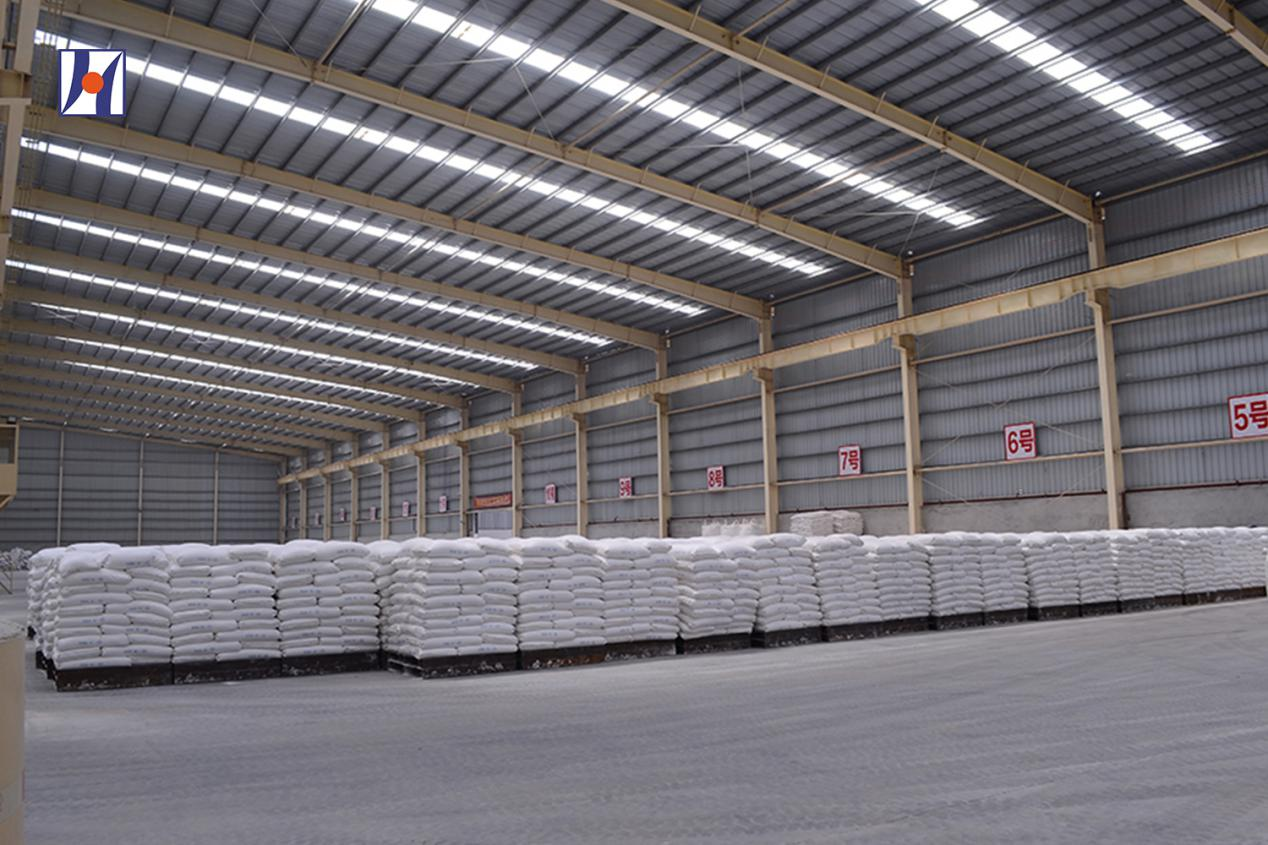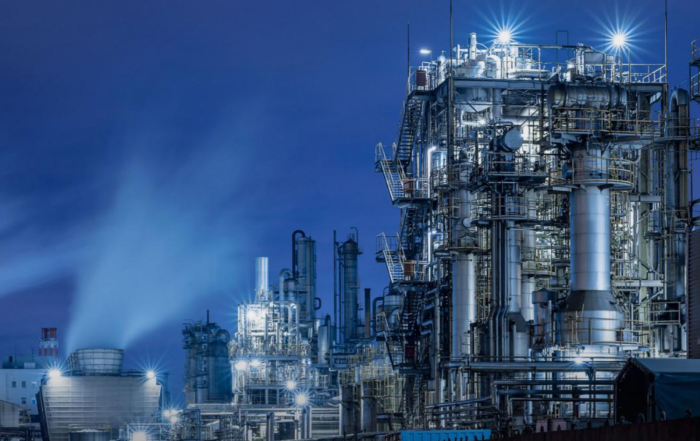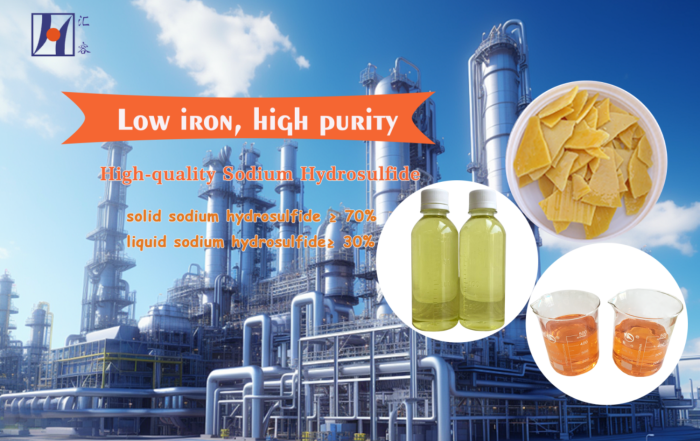Calcium carbonate is one of the most widely used fillers in plastics. It is inexpensive, widely available, and has a relatively low density. In addition to its incremental effect in plastics, it also has the effect of improving processing performance and product performance. This material has a softer texture and less wear on the kneading and molding machines. At the same dosage, the surface scratch and bending whitening properties of products filled with lightweight calcium carbonate are smaller than those filled with heavy calcium carbonate. The biggest characteristic of lightweight calcium carbonate is its reinforcing effect, which can improve the impact strength of the product. Heavy calcium carbonate used in plastics can reduce costs, have good affinity with resin, high dispersion, similar refractive index to plastic, easy coloring, and improve the strength and stability of plastic products. The most mature industry for the application of nano calcium carbonate is the plastic industry, mainly used in high-end plastic products.

Calcium carbonate is a non-toxic substance, and the US FDA recognizes this product as a “safe substance” and allows it to be used in plastic products in contact with food. Calcium carbonate is compounded with polyolefin resins such as polyvinyl chloride, polyethylene, and polypropylene to produce calcium plastic materials.
1. Polyvinyl Chloride (PVC)
Calcium carbonate filled polyvinyl chloride is a product made by kneading and mixing polyvinyl chloride, calcium carbonate (such as heavy calcium carbonate, light calcium carbonate, fine calcium carbonate, precipitated calcium carbonate, active calcium carbonate, etc.), and other additives according to the ingredient ratio, and then granulating, extrusion, or injection molding to obtain the desired product; It can also be rolled and pressed into sheets or sheets, which have characteristics such as flame retardancy, acid and alkali resistance, chemical resistance, water resistance, moisture resistance, sound insulation, and good coloring properties. At the same time, it also has the advantage of being cheaper than ordinary PVC plastics.
Calcium carbonate is used to fill polyvinyl chloride, which can be used in hard products such as boards and pipes, as well as soft products such as wire sheaths and synthetic leather. It can improve the color stability of products. Used as a viscosity regulator for PVC paste. This product has a high oil absorption value and a large amount of plasticizer, resulting in poor dispersion uniformity in soft polyvinyl chloride. When the dosage is high, it will reduce the surface smoothness of the extruded product. When used in combination with white carbon black, it can improve dispersion uniformity. Calcium carbonate filled polyvinyl chloride hard products can replace steel and wood in construction projects, transportation, and furniture production, such as making door and window profiles, ceilings, partition panels, corrugated boards, floors, vehicle and ship panels, wire duct boards, furniture, board and frame or corrugated paper packaging boxes, as well as building drainage pipes and industrial sewage pipes. At the same time, it can also produce soft products such as films, artificial leather, sheets, wire protectors, and opaque hoses.
The use of 5-10 parts of ultra-fine calcium carbonate in rigid polyvinyl chloride can significantly improve the impact strength. Superfine calcium carbonate treated with coupling agents and other surface treatments can improve the processing formability of products, provide better reinforcement, and can be used as a low-cost substitute for impact resistance agents. The amount used in rigid polyvinyl chloride can reach 20-30 parts. Ultra fine calcium carbonate is used for polyvinyl chloride, and the surface of the product is smooth and smooth. It can play a role in scattering and extinction, improve the dimensional stability and tensile strength of plastic products, increase transparency for transparent and semi transparent materials, and improve the surface gloss and smoothness of the product. Ultrafine calcium carbonate can also increase the insulation, flame retardancy, and electroplating properties of PVC products.
Light calcium carbonate is one of the most widely used inorganic fillers, which has a thermal stabilization effect in some soft polyvinyl chloride. Its use can reduce the amount of thermal stabilizers or allow the use of relatively inexpensive stabilizers such as barium zinc, calcium zinc to replace expensive thermal stabilizers such as barium cadmium or barium cadmium zinc. Adding lightweight calcium carbonate or surface treated lightweight calcium carbonate to rigid polyvinyl chloride can improve the dimensional stability of plastic products; Improve the hardness of the product; Improve the processing and formability of plastics; Improve the heat resistance of plastic products while reducing costs.
The application of heavy calcium carbonate in polyvinyl chloride focuses on increasing the filling amount to reduce the production cost of the product. With the advancement of mechanical grinding technology, heavy calcium carbonate is gradually replacing light calcium carbonate in PVC composite materials. In industrialized countries, the ratio of heavy calcium carbonate to light calcium carbonate is 20:1, and the use of heavy calcium carbonate as a substitute for light calcium carbonate in certain aspects has become a development trend.
The use of heavy active calcium carbonate as a filler not only reduces costs, but also improves the processing performance of PVC resin products and reduces mold wear. Lightweight active calcium carbonate used in PVC cable materials can improve electrical insulation performance.
By measuring the impact strength, tensile strength, elongation at break, and rheological properties of materials, a comparative study was conducted on the mechanical and processing properties of flame-retardant soft polyvinyl chloride between nanoscale and micrometer scale calcium carbonate. The conclusion was drawn that the composite flame-retardant system of hydroxide and metal complexes not only improves the flame retardant and smoke suppressive properties of soft polyvinyl chloride, but also deteriorates the mechanical properties of the material; Nano calcium carbonate can significantly improve the impact strength, tensile strength, and elongation at break of flame retardant soft polyvinyl chloride, and has a significant toughening and strengthening effect on the material.
2. Polyethylene (PE)
Calcium carbonate filled polyethylene plastic is a composite material that uniformly distributes a large amount of calcium carbonate in a small amount of resin continuous phase. In addition to the properties of plastic, wood, and paper, it also has characteristics such as cold resistance, water resistance, heat resistance, shock resistance, and sound insulation. The product has no corrosive odor, but is prone to burning. The combustion performance is similar to that of paper and wood. Good thermal stability and mechanical properties, with a high softening point. Maintain high strength at low temperatures. Adding foaming agents can also produce lightweight wood substitutes. Its physical and mechanical properties such as rigidity, hardness, compressive strength, dimensional stability, and heat resistance are superior to plastic products made from pure polyethylene resin. Both creep resistance and molding shrinkage are small, with good processing performance and easy secondary processing. Its main drawback is that it loses the original luster of plastic and the color is not bright enough.
Calcium carbonate filled polyethylene plastic is a mixture of 10% to 50% polyethylene (HDPE, LDPE) and 50% to 90% (by weight) calcium carbonate and additives in a certain ratio at 85-100 ℃, and then mixed at 180-200 ℃ for a certain period of time to produce a mixture. Then, it is extruded and pelletized according to different requirements to produce semi-finished products. Finally, various calcium plastic products are obtained through different methods such as molding, injection molding, extrusion, rolling, and foaming.
Calcium carbonate filled polyethylene plastic can replace paper and wood as indoor decoration and building materials, such as roof, ceiling, wall panels, wall materials, floors, window frames, door panels, insulation boards, hard pipes, and safety helmets; Suspended ceiling materials, box panels, and decorative panels for automobiles and ships; It can also be used as furniture, wooden products, shoe lasts, and thread cores; Corrugated packaging boxes made instead of kraft paper have better strength and moisture resistance, and their appearance is white, beautiful, and the printed trademark is distinct; Packaging drums used for food, dyes, pharmaceuticals, and chemical raw materials can replace iron drums, wooden drums, and plastic packaging drums. It can also be used as a plastic greenhouse bracket, seedling box, agricultural product transport box, fish basket, fishing float, etc. for agriculture and fisheries. In addition, tubes, covers, and lighting components can also be made in the mechanical and electronic instrument industry, as well as used as soundproofing and moisture-proof materials for national defense and military facilities, combat readiness tunnels, cold water jackets, and lifebuoy cores.
3. Polypropylene (PP)
The performance of calcium carbonate filled polypropylene is closely related to the properties, content, type, particle shape and size, surface state, and dispersion state of filler particles in the resin. Meanwhile, whether each component can be fully and uniformly mixed is also an important factor. Generally speaking, calcium carbonate filled polypropylene has good temperature resistance, mechanical properties (tensile strength, bending strength, bending modulus, impact strength, etc.), and crystallization performance. It has low molding shrinkage, good dimensional stability, and high hardness. In some cases, when filling polyethylene with certain flame retardancy, a certain amount of flame retardant should also be added. Especially the various properties of polypropylene filled with nano calcium carbonate treated with coupling agents are excellent, which has become a hot topic of application and research in recent years.




